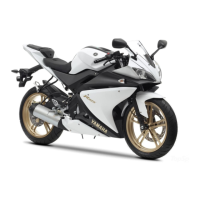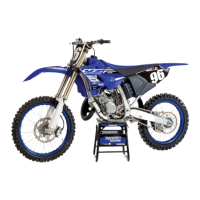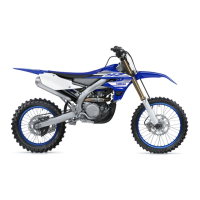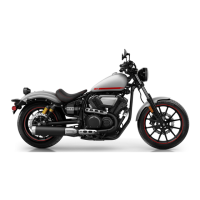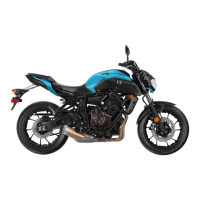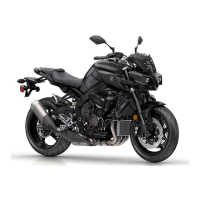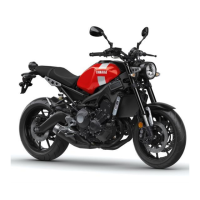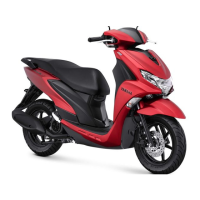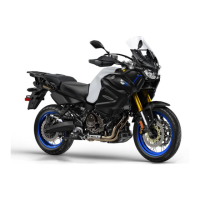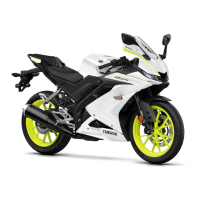
Do you have a question about the Yamaha YZF-R125 2019 and is the answer not in the manual?
| Engine Type | Liquid-cooled, 4-stroke, SOHC, 4-valve |
|---|---|
| Displacement | 124.7 cc |
| Bore x Stroke | 52.0 mm x 58.6 mm |
| Compression Ratio | 11.2:1 |
| Max Power | 11.0 kW (15.0 PS) @ 9, 000 rpm |
| Fuel System | Fuel Injection |
| Ignition System | TCI |
| Transmission | Constant Mesh, 6-speed |
| Final Drive | Chain |
| Front Brake | Hydraulic single disc, Ø292 mm |
| Rear Brake | Hydraulic single disc, Ø230 mm |
| Front Tyre | 100/80-17 M/C |
| Rear Tyre | 130/70-17 M/C |
| Dimensions (L x W x H) | 1, 955 mm x 680 mm x 1, 065 mm |
| Seat Height | 825 mm |
| Wheelbase | 1, 355 mm |
| Fuel Tank Capacity | 11.5 litres |
| Wet Weight | 142 kg |
| Max Torque | 8, 000 rpm |
| Front Suspension | Upside-down telescopic fork |
| Rear Suspension | Swingarm |
Please read this manual carefully and completely before operating this motorcycle.
Defines the owner's role in safe operation and regular maintenance.
General advice for safe motorcycle operation and rider conduct.
Recommends essential riding gear for rider safety.
Hazards of exhaust fumes and prevention measures.
Guidelines for adding cargo to maintain stability and prevent accidents.
Labels and identifies components visible on the left side of the motorcycle.
Labels and identifies components visible on the right side of the motorcycle.
Locates primary handlebar controls and dashboard instruments.
How to use the ignition switch and lock the steering.
Step-by-step guide to lock the steering for security.
Descriptions of dashboard lights and their meanings.
Specific warning light functions and required actions.
Components and features of the digital display.
How the system detects and indicates electrical faults.
Details on turn signal, dimmer/pass, and horn switches.
Details on engine stop, start, and horn switches.
Explanation of ABS function, operation, and safety.
Steps to verify the functionality of the safety system.
Critical instructions for the engine's first 1000 km.
Procedures for starting the engine, considering safety interlocks.
How to use the transmission for optimal riding control.
Critical warnings about improper braking leading to loss of control.
Explains why regular checks and adjustments are vital for safety and efficiency.
Schedule for maintenance tasks related to emission controls.
Comprehensive schedule covering all maintenance and lubrication tasks.
Replacing oil filter and checking coolant level and system.
How to inspect, clean, and replace the spark plug.
How to correctly check the engine oil level.
Step-by-step guide to changing engine oil and filter.
How to check coolant level and refill the reservoir.
Importance and procedure for checking tire pressure before riding.
How to inspect tires for wear, damage, and tread depth.
Procedure to check the brake fluid levels in the reservoirs.
When and how to change brake fluid and related seals and hoses.
How to identify and replace blown fuses correctly.
Flowcharts for diagnosing fuel, battery, ignition, and compression problems.
Steps to diagnose and resolve engine overheating issues.
Proper methods for washing the motorcycle to maintain appearance and performance.
